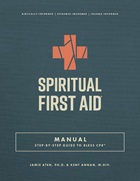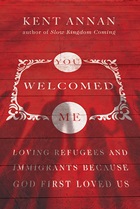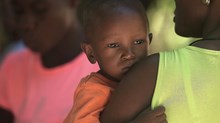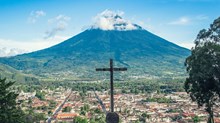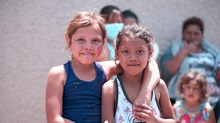Lessons from Haiti: How to Help Better
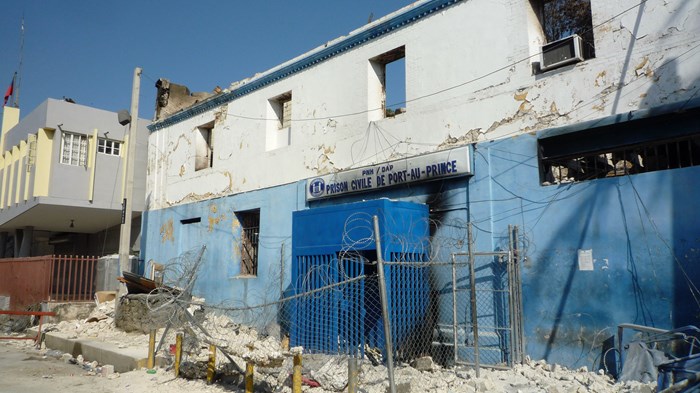
On October 16, 2021, 17 missionaries, including children, were kidnapped in Haiti. As of December 20, all 17 are free and safe in the U.S.
As this story continues to unfold, the need for prayer and attention to the perilous situation in Haiti are undoubtedly powerful lessons being shared widely in Christian circles. While these are true takeaways of the tragic situation in Haiti; just as tragic, though, is if we in the Western church do not attempt to use this situation to learn more about helping better. I could go into the reasons that this situation and many others prove this need, but instead I want to focus on the ways that we can do better in giving of our time and money.
Stewardship
Over the past 20-40 years, non-profit responsibility has definitely become more of a focal point in regards to financial accountability and Biblical stewardship. Now before donating to an organization, a quick check for a third party stewardship certification, such as the Evangelical Council for Financial Accountability (ECFA), or a search on Charity Navigator can be easily completed. Many organizations’ websites even include recent financial documents and organizational statements of doctrine.
Community responsibility
Too often, though, questions concerning stewardship and accountability stop here when this should be just the beginning. Why? Because the accountability of an organization does not begin and end with its monetary decisions or even its doctrinal stances. These organizations are created for the spiritual and physical betterment of people and their communities; therefore, mission organizations must also be held accountable for the ways in which they affect those that they serve.
Here are some of the questions that I ask myself when assessing an organization’s community accountability:
- How does the organization represent its call to different parts of the world at even the highest levels of its structures?
- Who represents the organization on the ground? What is their relationship to those that they serve?
- Who has input and oversees the programs? Do local / national Christians and the communities that the organization serves play a role in designing and carrying out programs?
- Do programs create a way forward for empowerment through community and eventual financial and personal independence?
Protecting the vulnerable
Likewise, I think there is a lesson to be learned in supporting organizations that have structures which create responsibility and safety at all levels for all people, especially those of vulnerable populations. When considering organizations to support, an easy way to assess this element is to ask whether they have a vulnerable people protection policy.
A vulnerable person is anyone who does not have the same power / autonomy as others around them due to factors outside of their control, such as age, resources, etc. Given the context of aid work, all people that are served by organizations are vulnerable in some way. Thus, a vulnerable people protection policy is necessary. This document provides a working philosophy concerning those being served along with the procedures that will be used to ensure their safety and empowerment.
Of course, simply having a policy is not enough. There must be evidence that the policy is known and adhered to at all times by those at all levels of the organization. Along with this, there must be outside accountability in oversight of the organization’s adherence to the policy. We have come to expect this financially from organizations; we must also require it in regards to the people that they serve, who are far more precious than any resource!
Likewise, the organization must also have a plan of action in place for when they realize that they have done harm. Once again, this plan must include allowing a third party to step into the situation to assess the damage and to oversee the necessary steps of confession and restoration.
Putting it all together
Of course, all of the research involved in deciphering where an organization lands on the spectrum of addressing these elements can be time consuming. For me, here are two quick shortcuts that I use to determine if I want to explore an organization more as a recipient of my time and/or money:
- I examine the information that the organization shares concerning these issues and their solutions to them. Organizations that care about these items will give priority to conveying how they address them through their website and other publications.
- I examine the organization’s website and social media. Is ethical storytelling being utilized, especially in fundraising efforts? This relates to how the stories and images of those being served are being utilized in relation to recognized consent and the portrayal of the relationship between the organization and the individual, such as who is being centered and who is benefitting. These are key elements in conveying the organization’s view of the vulnerable people that they serve.
I do not offer these methods lightly nor as ultimate solutions. Yet, as Jesus followers part of the tension is living in a world that is broken, which requires us to serve between God’s Kingdom ‘as here’ and the ‘not yet’ of its coming. May we embrace this tension and do better!
Recommended further reading and listening:
Walk Talk Listen Podcast with Maurice A. Bloem “Virtual Walk Talk Listen with Prospery Raymond (episode 65)”; Ethical Storytelling www.ethicalstorytelling.com/ and www.idealist.org/en/careers/ethical-storytelling;
After teaching at the secondary level in the US for 10 years, Naomi Kosek served as a full-time volunteer teacher for both primary and secondary levels at international schools in Southeast Asia and the Middle East while also working with children and adults as an English as a Second Language teacher. Currently, she is working with the European Freedom Network, where she recently helped to organize and present at their online conference aimed at engaging churches in protecting their vulnerable populations and countering human exploitation in their communities and globally.
The Better Samaritan is a part of CT's
Blog Forum. Support the work of CT.
Subscribe and get one year free.
The views of the blogger do not necessarily reflect those of Christianity Today.















